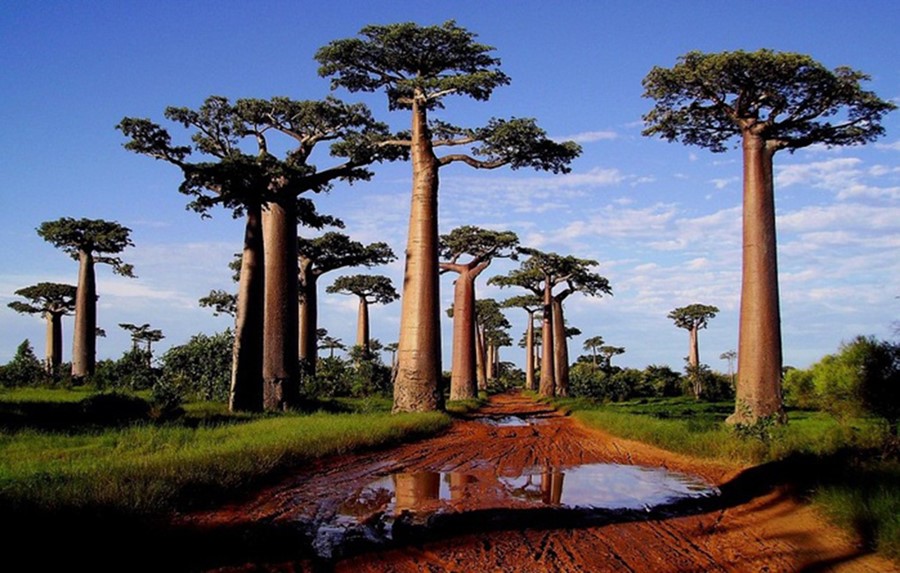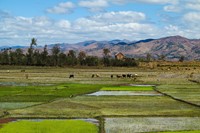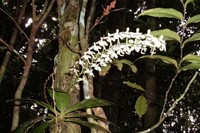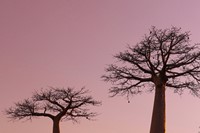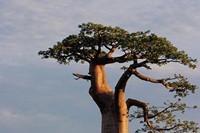super/collider reports on the spectacular baobab forests of Madagascar
Where on Earth?
Menabe, Madagascar
GPS Coordinates: 20°15′S 44°25′E
The dry, dusty road towards Belon'i Tsiribihina takes a sharp right not far after Analaiva and enters alien territory. It’s dawn, and the strange, towering trees in the quiet landscape make this part of Madagascar even more otherworldly. The entire country is home to a succession of endemic species found nowhere else on earth, but Adansonia grandidieri is among the most spectacular. Also known as Grandidier's baobab tree, it’s the largest of the country’s six species. While Africa and India have massive versions of the baobab and Australia is home to bizarre, bulbous ones, it’s the Madagascan species that stand out for their sheer extraterrestrial-ness.
Located some 250 nautical miles east of Africa, Madagascar once drifted west on a tectonic plate with the Seychelles and India, before being left behind. For almost 90 million years it has stood alone and isolated, allowing a series of unique rainforest, plateau, mangrove, desert, coral reef and dry forest ecosystems to emerge. Today, it is the world’s fourth largest island and discoveries are still being made. According to the World Wildlife Fund, scientists discovered 615 new species in just over a decade, including 41 new mammals and 61 new reptiles. Over 90% of the species found in Madagascar occur nowhere else on earth, making their preservation and conversation vitally important.
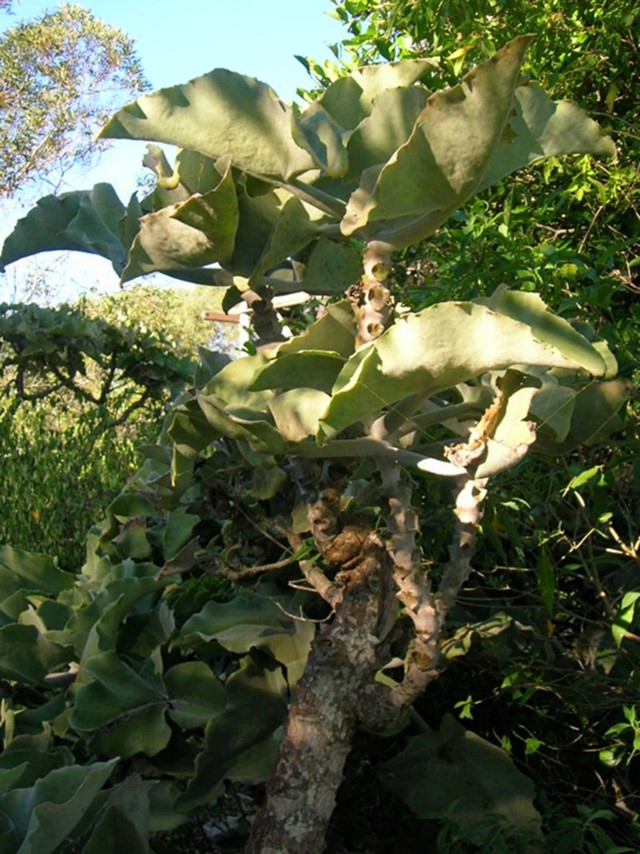
What on Earth?
The smooth, reddish bark of the baobab stretches around a thick trunk which can reach metres wide and stretch thirty meters above the ground. Inside, the tree can store up to 100,000 litres of water, a vast reservoir that fluctuates with local rainfall patterns. Its flat crown of blue-green leaves can look a little sparse in comparison, leading to one of the baobab’s nicknames: the upside down tree. After flowering, the tree produces a greenish pod filled with a powdery white fruit that’s making inroads as a superfood. Rich in vitamin C, potassium, calcium and other vitamins and minerals, it’s also packed full of fibre, antioxidants and protein. Although the fruit harvesting can be done sustainably, Adansonia grandidieri is listed as endangered on the IUCN Red List, primarily due to habitat loss and the decline of animals which help pollinate the tree.
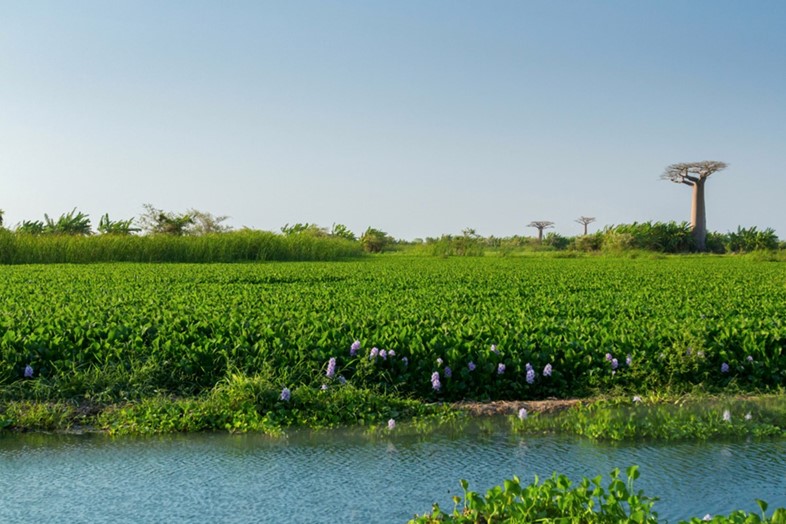
The giant baobab trees in Menabe, clustered around a stretch of road that has become known as the Avenue of the Baobabs, have become one bright spot in a country in dire need of environmental success stories. Waste water from a sugar mill used to flood the area, creating a rich environment for growing rice, but at the expense of the trees, whose roots rotted in the water. The water was diverted into a canal and baobab trees are now being replanted by locals and regional conservation groups. The nearby Andranomena Special Reserve, meanwhile, protects 6420 hectares of dry deciduous forest that’s home to three species of baobab.
How on Earth?
The Avenue of the Baobabs is 20km from Morondava, the capital of Menabe. From there, it’s another 10km to the Andranomena park boundary.
